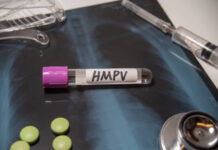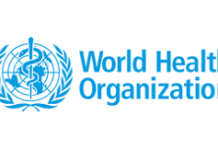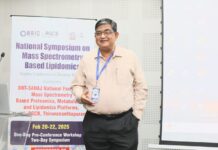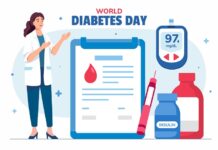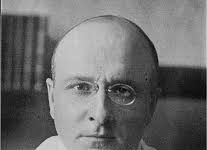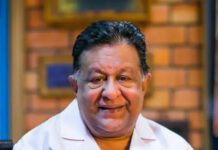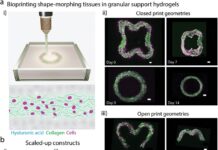Northwestern Medicine scientists have identified a novel method to regenerate damaged heart muscle cells in mice, potentially paving the way for new treatments for congenital heart defects in children and heart attack damage in adults. The findings, published in the Journal of Clinical Investigation, offer hope for addressing conditions like hypoplastic left heart syndrome (HLHS) and heart attack recovery.
HLHS, a rare congenital defect, impairs the development of the left side of the heart during pregnancy, affecting 1 in 5,000 newborns and causing 23% of cardiac deaths within the first week of life, according to Ann & Robert H. Lurie Children’s Hospital of Chicago.
Dr. Paul Schumacker, the senior author and professor of Pediatrics in the Division of Neonatology, explained that cardiomyocytes—cells responsible for heart muscle contraction—can regenerate in newborn mammals but lose this ability with age. Schumacker noted that newborn heart cells can still divide mitotically, allowing damaged heart tissue in newborn mice to heal completely as they mature.
The study aimed to determine if adult cardiomyocytes could revert to their regenerative fetal state. Researchers deleted the mitochondria-associated gene UQCRFS1 in adult mice hearts, prompting the cells to adopt a fetal-like state reliant on glucose for energy.
Results showed that inhibiting UQCRFS1 in adult mice with damaged heart tissue led to cell regeneration and increased glucose uptake, mimicking fetal heart cell behavior. These findings suggest that promoting glucose utilization could restore cell division and growth in adult heart cells, offering a new treatment direction for heart damage.
As reported by Medical Xpress, Schumacker emphasized the importance of finding drugs that can trigger this response without genetic manipulation. Such drugs could potentially be withdrawn once heart cells have regenerated, which could be life-saving for children with HLHS by restoring the normal thickness of the left ventricular wall, and also beneficial for adults recovering from heart attacks.



